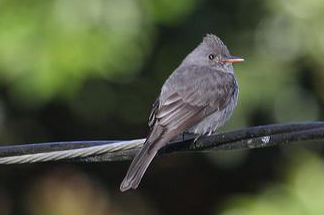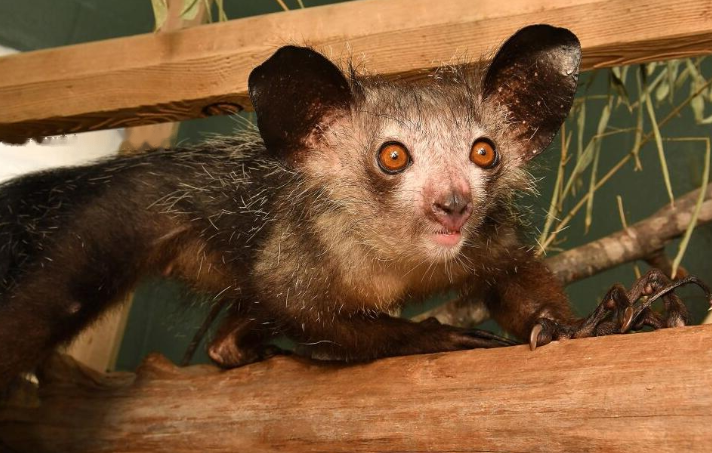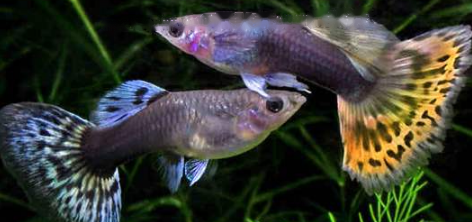Today, I want to introduce to you a rare species of turtle mainly distributed in southern Myanmar - Burmese peacock turtle, let's take a look~
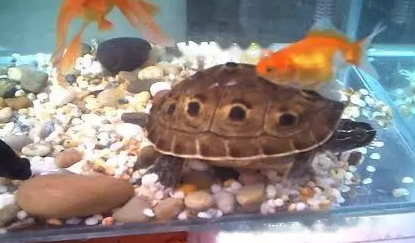
I. Basic information
Chinese name: Burmese peacock turtle
Latin name: Morenia ocellata
Kingdom: Animalia
Phylum: Chordate
Class: Reptiles
Subclass: Apoporia
Order: Turtles
Family: Turtles
II. Morphological characteristics
The carapace of the Burmese peacock turtle is relatively tall and light green, and each shield has a dark brown or black band in the center. Large round spot with a yellow border; plastron is yellow and has no markings.
III. Male and female discrimination
The carapace edge of male Burmese peacock turtle is more prominent and raised, the plastron is narrow and long, and the cloaca is far from the plastron The lower edge of the female Burmese peacock turtle is more rounded, the plastron leaves are wider and larger, and the cloaca is closer to the lower edge of the plastron.
4. Habits
1. Burmese peacock turtles mainly live in freshwater rivers with slow flow and low water level, such as small rivers, lakes, and waterways , wetlands and deltas.
2. Burmese peacock turtles belong to aquatic turtle species. Whether they are foraging, mating or sleeping, they are all carried out in the water, but occasionally they will climb ashore at night to rest.
3. The Burmese peacock turtle is a vegetarian tortoise species. From larvae to adults, it is mainly plant food, such as green leaves and vegetables.
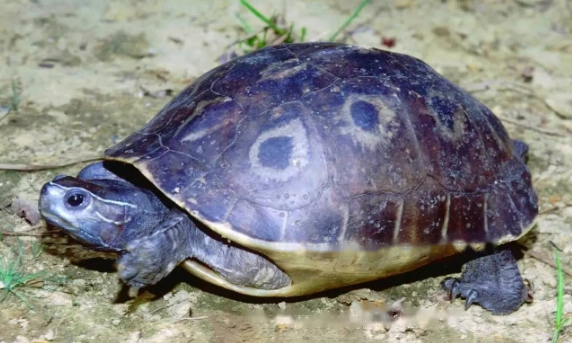
V. Breeding method
The breeding method of Burmese peacock turtle is oviparous. Female Burmese peacock turtle will lay 2-3 eggs every year, and each time can produce 3-10 eggs Eggs, at a temperature of 30 degrees Celsius, the incubation time of eggs is about 80-100 days, and the body length of the newly born hatchlings is about 42.2mm.
VI. Status of Race
Due to the excessive capture of humans, the ethnic number of Burmese peacock turtles is gradually decreasing, and it is now listed as a CITES international trade Species listed in Appendix I of the Convention.
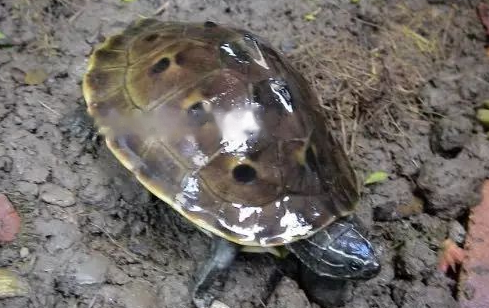
VII. Common diseases
1. Skin rot: This disease will cause the skin of the Burmese peacock turtle to fester and form a hole. In severe cases, the Burmese peacock turtle will shrink. Head still and stop eating.
2. Pneumonia: The sudden drop in temperature will cause the lungs of the Burmese peacock turtle to become inflamed, and there will be a lot of nasal discharge and white mucus around the mouth.
3. Gastroenteritis: This disease is manifested as the feces of the Burmese peacock turtle are soft and contain a small amount of mucus. In severe cases, the Burmese peacock turtle will stop eating.
4. Saprolegnia: Burmese peacock turtles suffering from this disease will have white cotton wool-like hyphae on their bodies, and Burmese peacock turtles will have symptoms of decreased appetite, weight loss and weakness. The limbs and neck of the Burmese peacock turtle will be covered with water mold, and some wounds will be congested and festered.
Today's sharing is here! If there is anything you don't understand, please leave a message below~
![[Original] Sharing of popular science knowledge of ringed map turtles](/static/img/11249/11249_1.jpg)




